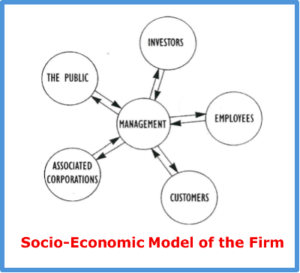
With the Technology Revolution heating up very quickly, I thought a quick summary of some technology breakthroughs we have been following at www.TechCast.org would be interesting. The TechCast Project at George Washington University pools the knowledge of 100 experts globally to produce authoritative technology forecasts of emerging technologies in all fields. Here are a few items that highlight the striking advances that are changing the world:
High Power Batteries: To boldly demonstrate the enormous advances in batteries and efficient aircraft, the world’s first “Solar Aircraft” is planned to fly around the globe nonstop – even through the dark of night.
The Solar Impulse is the world’s first solar-powered aircraft, and it is planned to circle the globe non stop about 2012. Created by Andre Borschberg of Switzerland, the plane’s wings span 208 feet, the size of an Airbus, while its weight is about 3,000 pounds, comparable to a small car. It has 11,629 photovoltaic cells that store energy in 400 kilograms of batteries, which in turn power electric engines. The plane was tested in July of 2010 to demonstrate it’s ability to fly though the night. Bertrand Piccard, the company’s president, said “Flying by night is a stunning manifestation of the potential that clean technologies offer.” (Emerging Technologies Magazine, July 10, 2010)
Fusion Nuclear Energy: Lasers are being used to create net energy gains and look promising for commercial fusion.
The U.S. Lawrence Livermore National Lab has created the most powerful laser ever built, and expects to use 192 of these to ignite a fusion explosion of 3 million degrees Celsius in 2-3 years. If this goes well, this approach could beat the ITER fusion reactor in France to the goal of producing the world’s first net energy gain in a fusion reaction. ITER uses magnetic fields to ignite nuclear plasma, while this approach concentrates laser beams to cause a small pellet of Hydrogen to ignite. Either way, researchers estimate we could see a commercial fusion reactor operating in about one decade.
Good Video Conferencing: Lower costs and good quality have allowed companies like Cisco to delivery video conferencing to the masses.
Cisco is leading a host of new entries into videoconferencing now that decent broadband permits good quality images and costs are dropping to affordable levels. This also comes at a difficult economic time when business is trying to cut travel costs. Preliminary TechCast data show 30% of all communications are likely to include videoconferencing about 2014, producing a market of $450 billion in the U.S. and almost 2 trillion worldwide. Our experts give this forecast high confidence of 72%, so it looks promising.
These are just a few examples of the wide range of emerging technologies forecast by TechCast – possibly the best technology forecasting system in the world. Collectively, it’s a convincing demonstration that a Technology Revolution is advancing rapidly. To see more, go to www.TechCast.org



